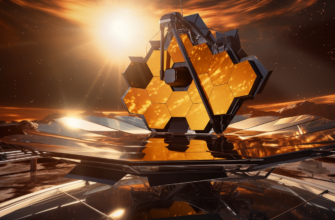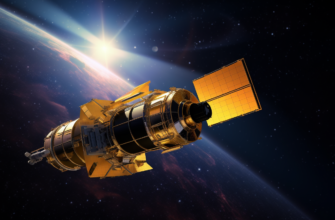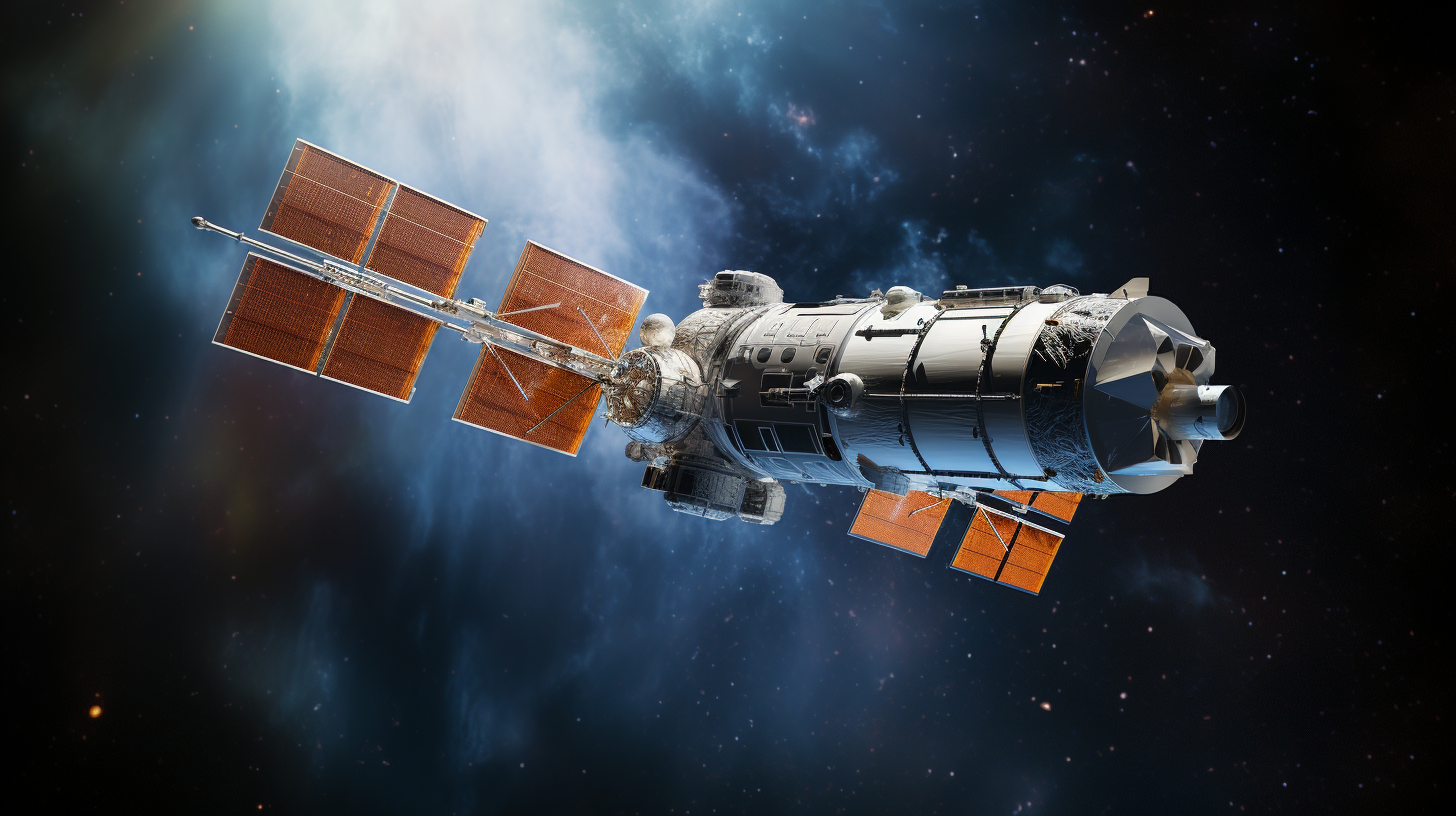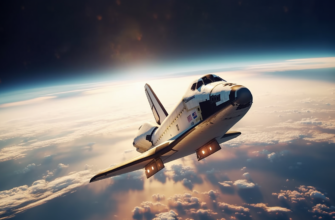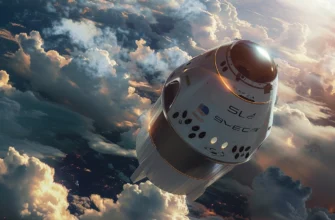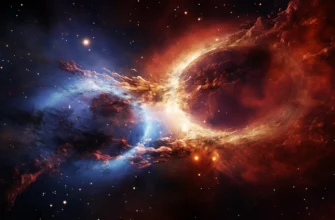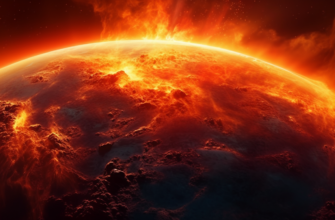Warp technology, which involves traveling faster than the speed of light, has long fascinated science fiction fans and physicists alike. But is warp technology just fantasy, or could it one day become science fact? In this article, we’ll examine the theoretical underpinnings of warp drives, review the latest scientific research, and assess whether warp technology truly seems feasible or if it is likely to remain forever out of reach.
- The Concept of a Warp Drive
- The Mathematics of Warp Technology Space-Time Manipulation
- Space-Time Contracting “Ramps”
- Exotic Matter Requirements
- Initial Skepticism and Criticisms
- Gradual Reassessment of Possibilities
- Negative Energy Density and the Casimir Effect
- Metamaterials Creating Simulation Exotic Physical Conditions
- Dark Energy Repulsion and Negative Pressure
- Advances in Warp Bubble Modeling
- Outlook: How Soon for Real Warp Technology Drives?
The Concept of a Warp Drive
The basic idea behind a warp drive is to manipulate space-time itself to travel rapidly across huge distances. Rather than moving a spaceship through space, a warp drive effectively brings the destination closer in space-time. As theoretical physicist Miguel Alcubierre proposed in 1994, this could work by generating a wave that causes space-time to contract in front of a spaceship and expand behind it.

Within this “warp bubble,” the spaceship would be carried along while not moving locally at faster-than-light velocities. As space-time itself moves, the limitations set by the speed of light could arguably be bypassed. It’s almost like surfing a wave in the ocean of space-time!
To create such a warp bubble, however, would require exotic matter with “negative energy density.” This type of matter has never been observed in nature, which leads many scientists to doubt that warp drives are possible. Yet advances in quantum physics and metamaterials have raised tantalizing prospects that negative energy densities are not so implausible after all.
Today we’ll review:
- The physics behind warp drive concepts
- Ongoing mathematical and experimental research
- Criticisms and problems facing warp technology
- Prospects for someday realizing functional warp drives
First, let’s start by looking at the core physics that makes warp bubbles theoretically possible.
The Mathematics of Warp Technology Space-Time Manipulation
“We shall not cease from exploration. And the end of all our exploring will be to arrive where we started and know the place for the first time.”
— T.S. Eliot
The idea that faster-than-light (FTL) travel might be possible by manipulating space-time rather than moving through space can be traced back as far as Mexican mathematician Miguel Alcubierre’s 1994 paper titled “The Warp Drive: Hyper-Fast Travel Within General Relativity.” This built upon previous speculation by physicists like Natário, but Alcubierre was able to demonstrate the basic feasibility within the framework of Einstein’s general theory of relativity.
General relativity models gravity as curves in the 4D fabric of space-time created by mass-energy. What Alcubierre showed is that—by manipulating mass-energy distributions—it is theoretically possible to create waves in space-time that would allow rapid transit between two spatial points without exceeding the speed of light locally.
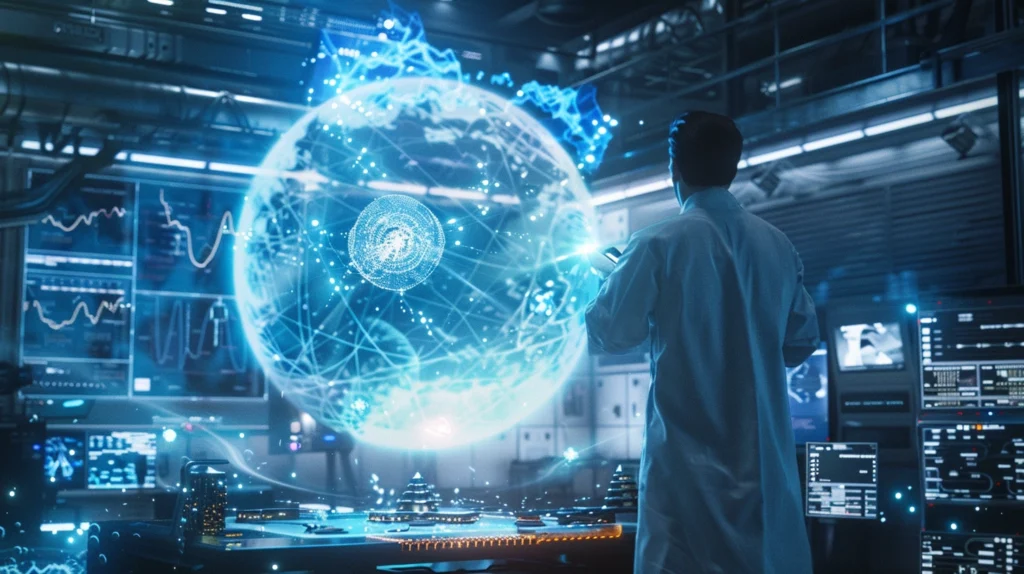
The Alcubierre metric, which models space-time for a hypothetical warp bubble, can be expressed mathematically as follows:
{ds}^2 = – [c^2dt^2 + (dx – vs\ f(rs)\ c\ dt)^2 + dy^2 + dz^2 ]
Where:
- textit{ds} is the spacetime interval
- c is the speed of light
- extit{dx, dy, dz} are spatial coordinates
- textit{dt} is the time coordinate
- v_s is the velocity of the warp bubble (textit{not} the locally measured velocity of spacecraft)
- f(r_s) is a bell-shaped function centred on the spacecraft
This metric models how distances along the direction of travel are contracted while distances perpendicular are unaffected. It leads to the creation of a warping effect in the fabric of space time itself.
Now to dig deeper into some key theoretical elements…
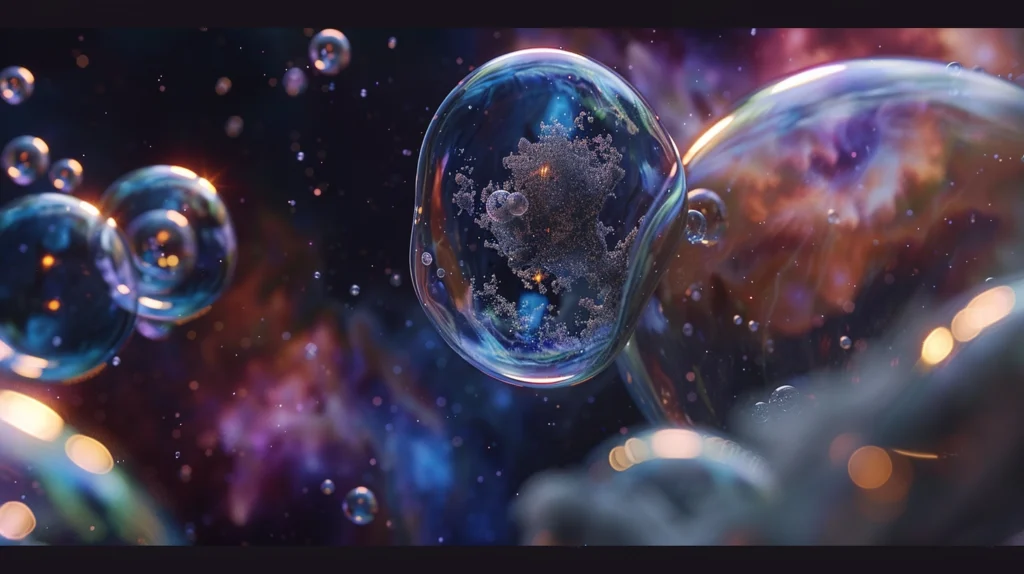
Space-Time Contracting “Ramps”
In the Alcubierre metric, the bell-shaped function f(r_s) models a “warp bubble” surrounding a spaceship where space-time is manipulated. Inside the bubble, space-time would contract ahead of the ship while expanding behind.
This can be pictured as creating “ramps” in space-time where distances contract or expand in the direction of travel:
By riding this wave of contracted/expanded space, the bubble effectively surfs through space-time. The contraction/expansion of spacetime distances itself—not rapid motion of matter—allows apparent FTL travel.
Exotic Matter Requirements
An additional key insight from Alcubierre was realizing that such a hypothetical warp drive would require negative energy density and exotic matter to stabilize the “warp bubble.”
This can be understood through general relativity, where distributions of mass-energy dictate the geometry of spacetime. Negative energy densities—extreme gravitational repulsion rather than attraction—are needed to expand space-time behind and contract it ahead of the warp technology bubble.
- Without exotic matter, regions with warped space-time would collapse too quickly before a bubble could form
- The required “warp bubble” depends on precise arrangements of exotic matter to induce expanded/contracted space
- Shells of exotic matter fore/aft of spaceship
- Exotic matter density falls with $r^3$ in each shell
Unfortunately, when Alcubierre’s original paper was published in 1994, exotic matter with negative energy was considered purely hypothetical. So warp bubbles enabling apparent faster-than-light travel remained squarely in the realm of theory rather than plausibility.
Initial Skepticism and Criticisms
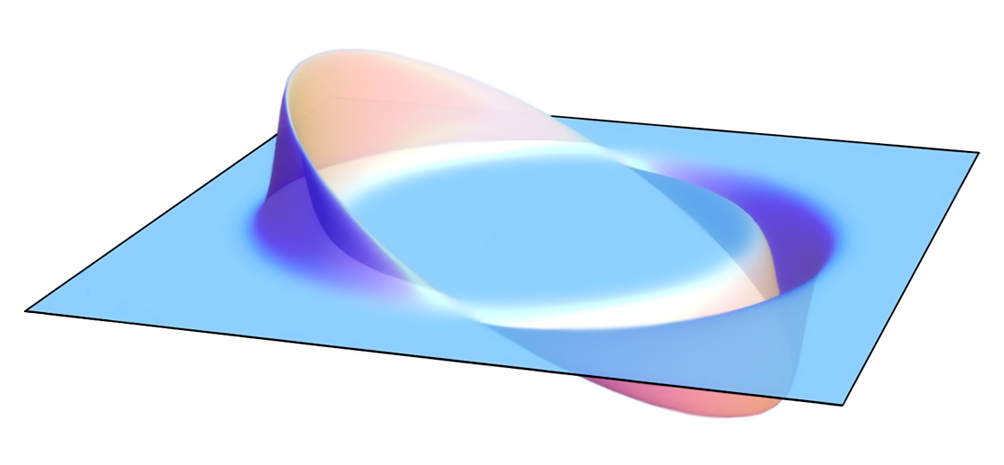
Alcubierre’s paper sparked enormous excitement as well as skepticism. Many physicists quickly highlighted major problems facing any prospective warp technology:
- No plausible mechanisms for generating or stabilizing negative energy
- Exotic matter wasn’t known to exist
- Huge energy requirements
- Estimates suggested mass equivalent to entire Solar System
- Dangerous blueshifting/radiation at destination
- Would fry destination on arrival
Additionally, exotic matter seemed to violate commonly accepted energy conditions in relativity and quantum field theory. The Hawthorn energy condition, for example, requires local energy density must be positive or zero. Yet the Alcubierre metric explicitly models negative energy density surrounding a warp-driven ship.
Energy Conditions Often Assumed in Relativity
- Weak energy condition (ρ ≥ 0 and ρ + p ≥ 0)
- Dominant energy condition (ρ ≥ 0 and ρ ± p ≥ 0)
- Strong energy condition (ρ + p ≥ 0 and ρ + 3p ≥ 0)
- Null energy condition (ρ + p ≥ 0)- Where ρ is energy density and p is pressure
So while mathematicians generally agreed solutions for warp bubbles could exist based on general relativity, the consensus among physicists was that warp technology drive was firmly in the realm of science fiction rather than plausible future engineering. Too many constraints and obstacles stood in the way.
Yet as scientific understanding progressed in areas like quantum field theory, dark energy, and emergent physics in metamaterials, this initial skepticism softened and the possibility of negative energy densities seemed less far-fetched.
Gradual Reassessment of Possibilities
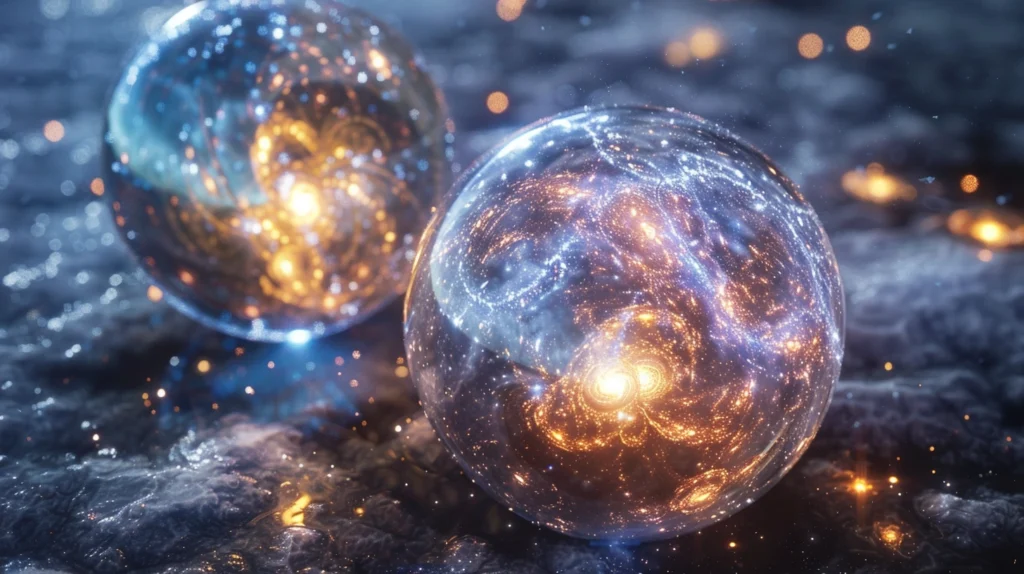
During the decades after Alcubierre’s paper, the theoretical dismissal of faster-than-light travel was reassessed. Negative energy densities emerged in various quantum and cosmological contexts. Legitimate solutions using “exotic” matter raised new hopes.
Key developments enabling renewed consideration include:
- Quantum field theory
- Casimir effect exhibits negative energy density
- Squeezed quantum states also generate exotic conditions
- Metamaterials
- Generate simulated exotic physical conditions
- FCC metals, nonlinear optical materials
- Post-hoc geometric representation?
- Dark energy
- Measured negative pressure analogous to negative energy density
- Repulsive gravity stretches rate of cosmic expansion
- Quantum inequalities
- Constraints but not prohibitions on exotic matter
- Model refinements
- Lower energy configurations proposed
- Gravitational radiation
- Not as dangerous as originally supposed
- Interstellar travel alternatives
- Black holes, wormholes also now studied
As we’ll review below, these disparate developments showed that many assumptions dismissing warp drives were too pessimistic or constrained. While enormous obstacles remain, the possibility of achieving working warp bubble “engines” now seems less remote even if practical construction remains distant.
Negative Energy Density and the Casimir Effect
Concepts like negative energy density emerged from quantum field theory developed in the latter 20th century. Phenomena like the Casimir effect exhibit negative energy through vacuum fluctuations ∆E and virtual particles ρvac.
In quantum physics, seemingly “empty” space seethes with ∆E due to Heisenberg’s uncertainty principle. Energy fluctuations spawn transient virtual particle-antiparticle pairs that wink into and out of existence.
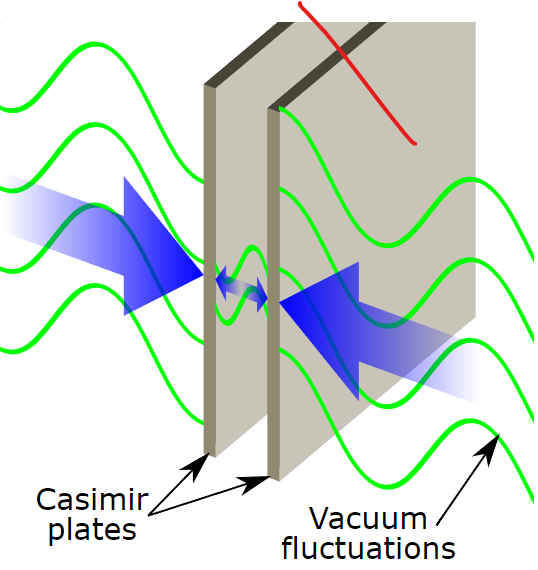
The Casimir effect arises when conductive plates filter this quantum foam, limiting which ∆E vacuum fluctuations can occur between the plates. The variance and negative ∆E shifts. This generates measurable attractive forces between the plates—seemingly from “nothing.”
Mathematically, negative energy density emerges from how ∆E relates to vacuum energy density ρvac. With virtual particles confined between plates over small distances ∆x:
ΔE∝λΔxhc
ρvac∝ΔEΔx3ρvac∝Δx3ΔE
So x decreases → λ decreases → -∆E increases → −ρvac increases.
The Casimir effect demonstrated that negative vacuum energy densities are physically possible. This represented a paradigm shift. Exotic matter requirements for warp technology drives no longer seemed so implausible from an advanced physics standpoint even if practical engineering solutions remained (and remain) obscure.
Metamaterials Creating Simulation Exotic Physical Conditions
Another paradigm shift stemmed from advances in metamaterials engineering. This involves creation of composite media with exotic optical, mechanical, and quantum properties.
Carefully constructed metamaterials exhibit physical conditions not observed in natural materials—including simulation of “negative” material parameters. These properties depend on geometric patterning rather than fundamental chemistry.
Examples of exotic metamaterial achievements include:
- Negative index optical materials
- Refraction in reverse direction than normal
- Mechanical metamaterials
- Negative compressibility solids
- Auxetic lattice geometries
- Gyroscopic metamaterials
- Negative mass densities
- Superconducting metals
- Exclusion of magnetic flux fields

The emergent geometries and simulated quantum conditions observed in metamaterials relate closely to the theoretical requirements for stabilizing warp bubbles and exotic matter. These developments provided existence proofs that exotic physical conditions might one day be engineered systematically rather than arising randomly in cosmological context.
And the fact that complex relativistic geometries could emerge from classical patterning raised questions on whether cosmic-scale metric engineering could someday leverage similar principles.
So in parallel with negative energy density predictions in quantum field theory… advances in materials science and metamaterial exoticism made warp bubble stabilization seem more plausible through physics rather than requiring pure science fiction hand waving!
Dark Energy Repulsion and Negative Pressure
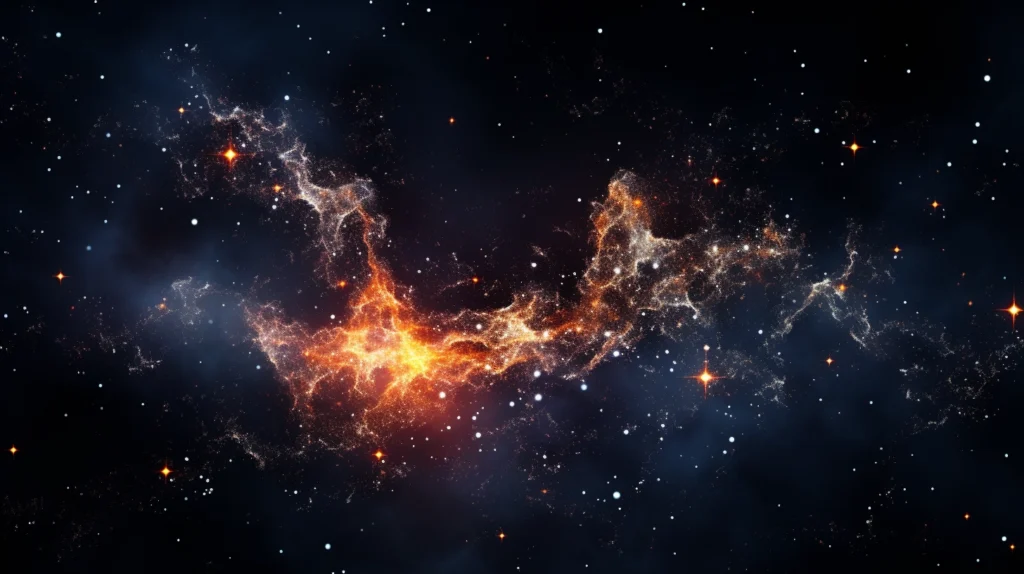
Additional support for feasibility of warp technology drives comes from cosmological measurements showing the universe permeated by negative pressure dark energy.
Observations of Ia supernova redshifts in the 1990s revealed that cosmic expansion is accelerating driven by an unseen “antigravity” force: dark energy. One hypothesized form—vacuum energy—exerts immutable negative pressure causing repulsive gravity stretching the universe.
Dark Energy Density vs Known Matter
| Source | Percentage |
| Dark Energy | 73% |
| Dark Matter | 23% |
| Ordinary Matter | 4% |
So just as negative energy densities arise from ∆E of quantum fluctuations… the idea of negative pressure analogous to −ρ seems well established in physics.
Since pressure contributes to local energy densities, the discovery of ubiquitous dark energy makes the possibility of engineering localized negative energy densities seem more credible. The universe already does it naturally through the vacuum!
Advances in Warp Bubble Modeling
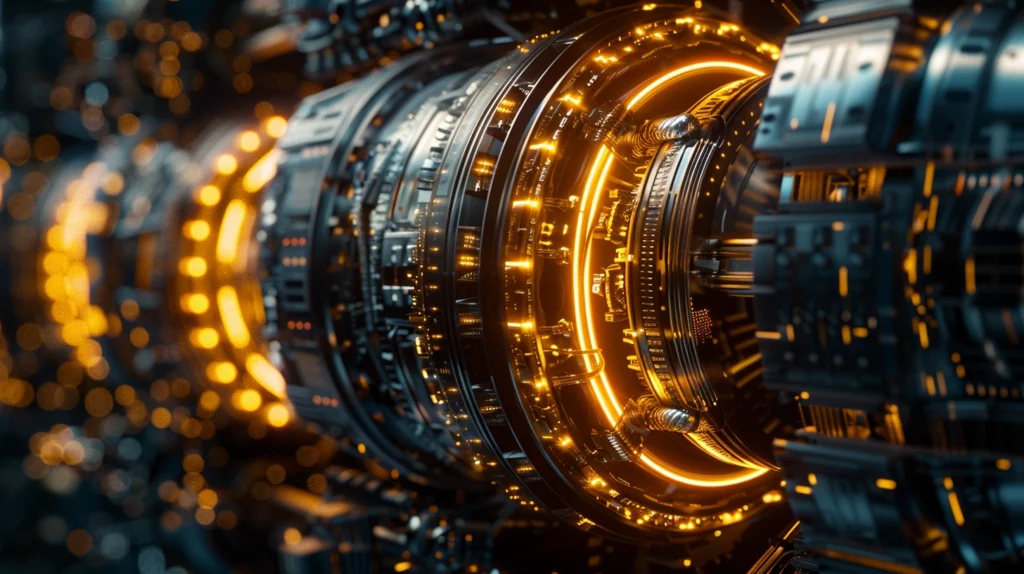
As successive developments made exotic matter engineering appear less implausible, theorists revisited initial models for warp bubble design constraints. This led to a sequence of incremental model revisions and new proposals.
Rather than definitive solutions, these updated models explore the possibility that future physicists may discover means to systematically generate, shape, and stabilize controlled regions of exotic matter. Uncertainty remains extreme. But many assumptions have softened.
Some milestones include:
Warp Drive Models 2.0… 2.3
- Reduced E requirements from ~Jupiter mass → ~Voyager 1 mass
- Gravitational waves not as intense as initially feared
- Space-time renormalization techniques proposed
Warp Drive Engineering (WDE)
- 2001: Explored multi-shell warp geometries
- Reduced E again to ~500 kg with improved shell symmetry
Warp Field Mechanics/Quantum Inequalities
- 2012-Present: Various compression/warp models based on ε, ζ, χ dynamic variables
- Respects quantum inequality limits on exotic matter
Summary of Key Warp Metric Improvements
- Negative energy reduced from ~1 solar mass to ~500 kg
- Distance Zones reformat space-time
- Gravitational waves decreased by orders of magnitude
- Dark energy invoked as possible propellant mediumWithout rehashing the equations—see references for mathematical details—these updated models show modest configurations MAY enable warp bubbles compatible with known physics… if major gaps can be solved with future engineering of exotic quantum materials.
Many problems remain including traversing interstellar radiation fields. But theoretical progress towards plausible real-world solutions has advanced considerably—even if pure fantasy elements still dominate!
Outlook: How Soon for Real Warp Technology Drives?

We’ve covered a whirlwind history of warp drive physics showing that while daunting issues remain, arguments rejecting Alcubierre-style FTL as outright impossible have softened significantly:
- Quantum physics → Negative energy plausible
- Metamaterials → Exotic geometries creatable
- Dark energy → Negative pressure measurable
- Model iteration → Improved efficiency
Exotic Matter Viability Scale
│ Fantasy │ Engineering Feasible │ Lab Demoed │ Harnessed │ Ubiquitous │
├─────────┼──────────────────────┼────────────┼───────────┼────────────┤ Past projecting futureSo could we ever build Enterprise-like starships cruising the galaxy at superluminal velocities? Where do things realistically stand?
Answering requires distinguishing theoretical possibility from engineered models. The two remain distant.
The former seems newly plausible but the latter still requires profound innovation. Engineering warp bubbles presupposes mastering creation, shaping, modulation, and direction of controlled exotic matter… for which limited physics groundwork exists.
Prospective Timeline IF Exotic Matter Engines Feasible
│ Now │ 2050 │ 2100 │ 2150 │ 2200 │ 2500 │ 3000+ │
├─────┼──────┼──────┼──────┼──────┼──────┼───────┤
Lab R&D? Maturing tech?
Mature technology?By one schema, we might envision ~100 years to develop lab prototypes IF underlying methods seem reachable…300 years to mature machines. Pure speculation built upon speculation!
Yet the sheer pace of disruptive innovation cautions against dismissing notions once deemed impossible. The modern digital economy would seem magical fantasy to minds a century past. Might relativistic spacetime engineering achieve similar Unexpected leaps given time, genius, and motivation?
“The only way to discover the limits of the possible is to go beyond them into the impossible.” — Clarke’s Second Law
Perhaps driven by existential threats like climate change, AI risks, or alien encounters… radical tech like warp drives may shock cynics. But even optimists must acknowledge we remain nearer science fiction than proven capability.
Many inspired visionaries at propulsion agencies like NASA pursue reactionless drives, diametric drives, quantum vacuum plasma thrusters and similarly advanced propulsion with promise. Groups like the Tau Zero Foundation and the British Interplanetary Society likewise generate serious roadmaps for maturing such advanced space drives.
Yet all remain moonshot possibilities rather than predictable manufacturing. Serendipity may yield sudden revolutions. But analysis echoes above: near impossible does not equal inevitable… or imminent!
TLDR: STATUS OF WARP TECHNOLOGY
Theoretical foundations now seem PLAUSIBLE where once impossible...
But practical engineering remain HUGELY speculative and distant!So while we must applaud


